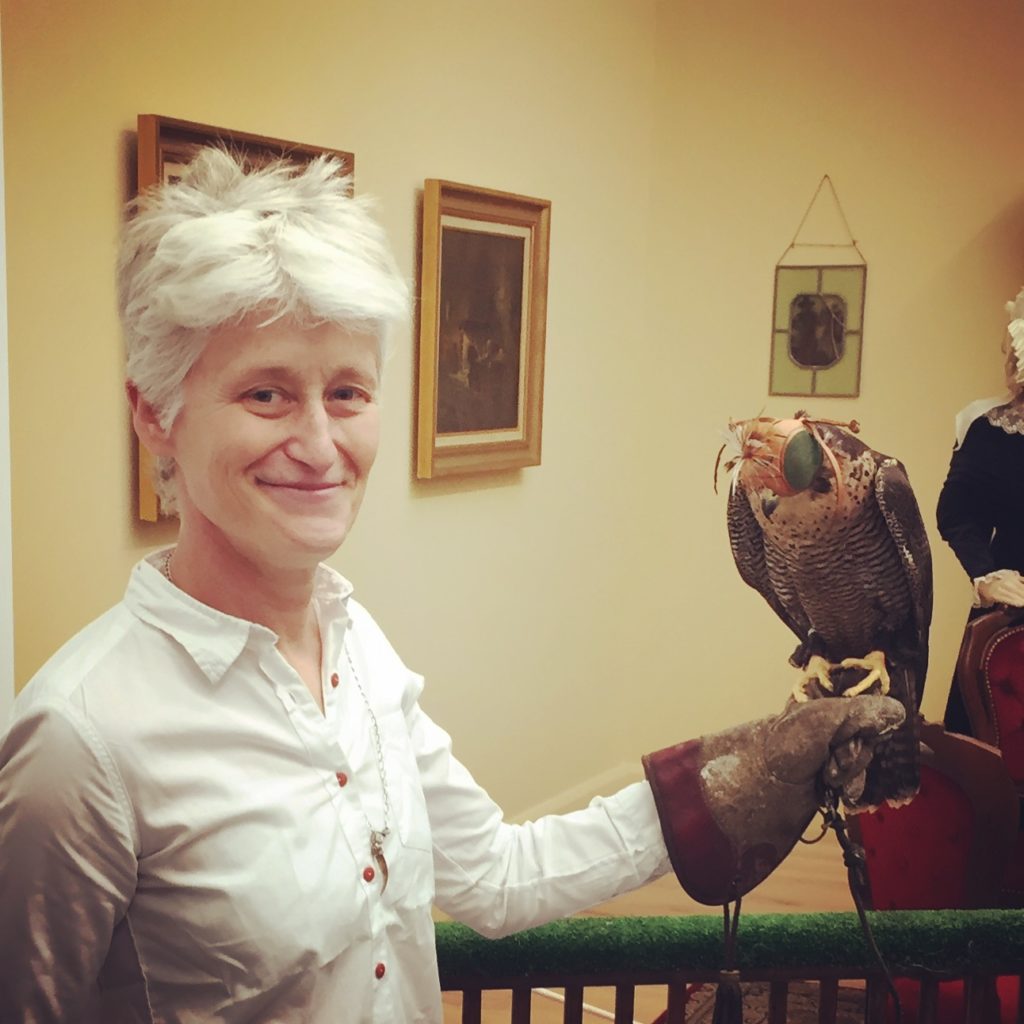
Animismo e autismo (Povinelli 2017)
POVINELLI, Elizabeth A. 2017. The three figures of Geontology. In: Richard Grusin (ed). Anthropocene Feminism. Minneapolis: University of Minnesota Press, pp.49-64.
ANIMISTA = VITALISTA
[T]he animist insists that there is no absence of life because everything has a vital force — there is no nonlife because all is life. (Povinelli 2017:59)
[T]he animist is also within the contemporary idea that we should all be stewards of the earth. (Povinelli 2017:59)
The animist is, in other words, all those who see an equivalence between all forms of life or who can see life where others would see the lack of life. (Povinelli 2017:59)
The political tactic of the animist tends to result in a call for the recognition of the liveliness of the radical Other. (Povinelli 2017:60)
The question the animist poses is what happens when we extend one mode of being to all modes of existence. (Povinelli 2017:61)
NEW CONTEMPORARY COGNITIVE SUBJECTS
[T]he animist includes the recycling contemporary subject and certain ways of portraying and perceiving in a variety of new cognitive subjects. The psychocognitive diagnoses of certain forms of autism and Asperger’s are liable to fall within the animist. Temple Grandin is an exemplary figure here, not merely for her orientation to cows but also for her defense of alternative cognitions that allow for an orientation to nonhuman and nonlife forms of existence and an understanding of these orientations as the drivers of the high-water marks of human society. (Povinelli 2017:59)
[A]s the animist supplants the human as the groundwork of the political and ethical, it maintains a humanist orientation. Take Temple Grandin’s claim that “the really social people did not invent the first stone spear. It was probably an Aspie who chipped away at rocks while the other people socialized around the campfire.” Is she merely instrumentalizing the human subject’s relationship to the rock, or is she substantially leveling the human and nonhuman, life and nonlife, to equal coparticipants in world-making? (Povinelli 2017:60)
TOUCHSTONES (Deleuze, Guattari, Haraway)
A touchstone image comes from Deleuze and Guattari’s concept of the body-without-organs and, more specifically, the orchid and the wasp as a prototype of existence as assemblage: a way of thinking about existents as coemergent strata within a common assemblage, each dependent in terms of its substantive form, quality, and mode on its relation to the Other. Another touchstone image comes from Donna Haraway’s concept of the cyborg. (Povinelli 2017:60)
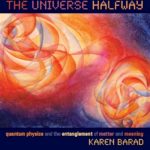
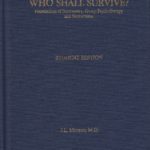
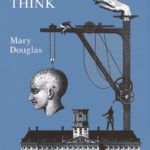
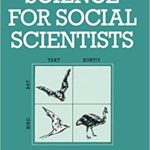
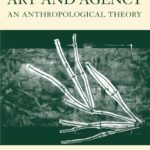
 LaSPA is located at the Institute of Philosophy and Human Sciences (
LaSPA is located at the Institute of Philosophy and Human Sciences (